National Institute on Alcohol Abuse and Alcoholism
National Institutes of Health

If you are drinking too much, you can improve your life and health by
cutting down. How do you know if you drink too much? Read these
questions and answer "yes" or "no":
- Do you drink alone when you feel angry or sad?
- Does your drinking ever make you late for work?
- Does your drinking worry your family?
- Do you ever drink after telling yourself you won't?
- Do you ever forget what you did while you were drinking?
- Do you get headaches or have a hang-over after you have been drinking?
If you answered "yes" to any of these questions, you may have a
drinking problem. Check with your doctor to be sure. Your doctor will be
able to tell you whether you should cut down or abstain.
If you
are alcoholic or have other medical problems, you should not just cut
down on your drinking—you should stop drinking completely. Your doctor
will advise you about what is right for you.
If your doctor tells you to cut down on your drinking, these steps can help you:
1. Write your reasons for cutting down or stopping.
Why do you want to drink less? There are many reasons why you may
want to cut down or stop drinking. You may want to improve your health,
sleep better, or get along better with your family or friends. Make a
list of the reasons you want to drink less.
2. Set a drinking goal.
Choose a limit for how much you will drink. You may choose to cut
down or not to drink at all. If you are cutting down, keep below these
limits:

- Women: No more than one drink a day
- Men: No more than two drinks a day
|
A drink is:
a 12-ounce bottle of beer;
a 5-ounce glass of wine; or
a 1 1/2-ounce shot of liquor. |
|
These limits may be too high for some people who have certain medical
problems or who are older. Talk with your doctor about the limit that
is right for you.
Now—write your drinking goal on a piece of paper.
Put it where you can see it, such as on your refrigerator or bathroom
mirror. Your paper might look like this:
| My drinking goal |
|---|
- I will start on this day ____________.
- I will not drink more than ______ drinks in 1 day.
- I will not drink more than ______ drinks in 1 week.
or
- I will stop drinking alcohol.
|
3. Keep a "diary" of your drinking.
To help you reach your goal, keep a "diary" of your drinking. For
example, write down every time you have a drink for 1 week. Try to keep
your diary for 3 or 4 weeks. This will show you how much you drink and
when. You may be surprised. How different is your goal from the amount
you drink now? Use the "drinking diary" below to write down when you
drink.
| Week: |
| Day of Week |
# of drinks |
type of drinks |
place consumed |
| Monday |
|
|
|
| Tuesday |
|
|
|
| Wednesday |
|
|
|
| Thursday |
|
|
|
| Friday |
|
|
|
| Saturday |
|
|
|
| Sunday |
|
|
|
Now you know why you want to drink less and you
have a goal. There are many ways you can help yourself to cut down. Try
these tips:
Watch it at home.
Keep a small amount or no alcohol at home. Don't keep temptations around.
Drink slowly.
When you drink, sip your drink slowly. Take a break of 1 hour between
drinks. Drink soda, water, or juice after a drink with alcohol. Do not
drink on an empty stomach! Eat food when you are drinking.
Take a break from alcohol.
Pick a day or two each week when you will not drink at all. Then, try
to stop drinking for 1 week. Think about how you feel physically and
emotionally on these days. When you succeed and feel better, you may
find it easier to cut down for good.
|
Learn how to say NO.
 You do not have to drink when other people drink. You do not have
to take a drink that is given to you. Practice ways to say no politely.
For example, you can tell people you feel better when you drink less.
Stay away from people who give you a hard time about not drinking. You do not have to drink when other people drink. You do not have
to take a drink that is given to you. Practice ways to say no politely.
For example, you can tell people you feel better when you drink less.
Stay away from people who give you a hard time about not drinking. |
 |
Stay active.
What would you like to do instead of drinking? Use the time and
money spent on drinking to do something fun with your family or friends.
Go out to eat, see a movie, or play sports or a game. |
Get support.
Cutting down on your drinking may be difficult at times. Ask your
family and friends for support to help you reach your goal. Talk to your
doctor if you are having trouble cutting down. Get the help you need to
reach your goal.
Watch out for temptations.
Watch out for people, places, or times that make you drink, even if
you do not want to. Stay away from people who drink a lot or bars where
you used to go. Plan ahead of time what you will do to avoid drinking
when you are tempted.
Do not drink when you are angry or upset or have a bad day. These are habits you need to break if you want to drink less.
 |
DO NOT GIVE UP!
Most people do not cut down or give up drinking all at once. Just
like a diet, it is not easy to change. That is okay. If you do not reach
your goal the first time, try again. Remember, get support from people
who care about you and want to help. Do not give up!
Alcohol and Its Effects
Alcohol
Alcohol is part of the Australian culture and way of life.
Australians drink alcohol to relax, socialise, celebrate, and for its
taste. The challenge for Australian society is to balance alcohol's
place in the culture with the health risks associated with drinking too
much and drinking more than is healthy over a longer period.
In 2010, 81% of the South Australian population over the age of 14
years reported that they had consumed at least one standard drink in the
previous 12 months. The annual cost to the Australian community of
alcohol-related social problems is estimated to be $15.3 billion.
Standard drinks
A standard drink contains about 10 grams of pure alcohol. Hotels and
restaurants usually serve alcohol in standard drink size glasses. Wine,
however, is normally sold in 140 mL or 200 mL glasses. One 200 mL glass
of wine contains approximately two standard drinks. Glasses used at home
are unlikely to be standard drink size. The labels on alcoholic drink
bottles and cans show the number of standard drinks they contain.

Effects
Everybody responds differently to drinking alcohol so it is not
possible to say what effects havng a certain number of drinks has on a
person. Instead blood alcohol concentration (BAC) can be used as a guide
to what affects alcohol may have on behaviour.
Short-term effects
 Alcohol starts to affect the brain within five minutes of being
consumed. The BAC peaks about 30-45 minutes after one standard drink is
consumed. Rapid consumption of multiple drinks results in higher BAC
because the average body can only break down one standard drink per
hour. Alcohol starts to affect the brain within five minutes of being
consumed. The BAC peaks about 30-45 minutes after one standard drink is
consumed. Rapid consumption of multiple drinks results in higher BAC
because the average body can only break down one standard drink per
hour.
The effects of alcohol vary depending on a number of factors including:
- type and quantity of alcohol consumed
- age, weight and gender
- body chemistry
- food in the stomach
- drinking experience
- situation in which drinking occurs
- mental health status
- other health conditions made worse by alcohol.
Effects on Behaviour
| Stages |
BAC |
Likely Effects |
| Feeling of well-being |
Up to .05 g% |
- Talkative
- Relaxed
- More confident
|
| Some raised risk |
.05-.08 g% |
- Talkative
- Acts and feels self-confident
- Judgment and movement impaired
- Inhibitions reduced
|
| Moderately raised state |
.08-.15 g% |
- Speech slurred
- Balance and coordination impaired
- Reflexes slowed
- Visual attention impaired
- Unstable emotions
- Nausea, vomiting
|
| Very elevated risk |
.15-.30 g% |
- Unable to walk without help
- Apathetic, sleepy
- Laboured breathing
- Unable to remember events
- Loss of bladder control
- Possible loss of consciousness
|
| Death |
Over .30 g% |
|
Intoxication risks
Intoxication is the most common cause of alcohol-related problems,
leading to injuries and premature deaths. As a result, intoxication
accounts for two-thirds of the years of life lost from drinking. Alcohol
is responsible for:
- 30% of road accidents
- 44% of fire injuries
- 34% of falls and drownings
- 16% of child abuse cases
- 12% of suicides
- 10% of industrial accidents.
As well as deaths, short-term effects of alcohol result in illness
and loss of work productivity (eg hangovers, drink driving offences). In
addition, alcohol contributes to criminal behaviour - in 2010 it was
reported that more than 70,000 Australians were victims of
alcohol-related assault, among which 24,000 were victims of
alcohol-related domestic violence.
Long-term effects
Each year approximately 3000 people die as a result of excessive
alcohol consumption and around 100,000 people are hospitalised.
Long-term excessive alcohol consumption is associated with:
- heart damage
- high blood pressure and stroke
- liver disease
- cancers of the digestive system
- other digestive system disorders (eg stomach ulcers)
- sexual impotence and reduced fertility
- increasing risk of breast cancer
- sleeping difficulties
- brain damage with mood and personality changes
- concentration and memory problems
- nutrition-related conditions
- risks to unborn babies.
In addition to health problems, alcohol also impacts on relationships, finances, work, and may result in legal problems.
Tolerance and Dependence
A regular drinker may develop tolerance and dependence. Tolerance
means that they feel less effect than they used to with the same amount
of alcohol. Dependence means that the alcohol becomes central in their
life and they continue to drink despite being aware of the harms caused
through that consumption. A lot of time is spent thinking about alcohol,
obtaining it, consuming it and recovering from it. The person will find
it difficult to stop drinking or to control the amount consumed.
Withdrawal
Someone who is physically dependent on alcohol will experience
withdrawal symptoms when they stop drinking or substantially reduce
their intake. Symptoms usually commence 6-24 hours after the last drink,
last for about five days and include:

- tremor
- nausea/vomiting
- anxiety/agitation
- depression
- sweating
- headache
- difficulty sleeping (may last several weeks).
Alcohol withdrawal can be very dangerous. People drinking more than
eight standard drinks a day are advised to discuss a decision to stop
drinking with a doctor as medical treatment may be required to prevent
complications.
Reducing the Risk
A moderate amount of alcohol consumed occasionally does not harm most
people. However, excessive drinking above recommended levels, on a
regular basis, can cause health problems.
Drinking guidelines
National guidelines for alcohol consumption have been developed by
the National Health and Medical Research Council to help reduce the risk
of harm from alcohol consumption. The guidelines can help in making
informed choices and help keep the risk of alcohol-related accidents,
injuries, diseases and death, low - both in the short and long term.
The guidelines recommend that healthy men and women should drink:
- no more than two standard drinks on any day in order to reduce the
risk of harm from alcohol-related diseases or injury in the long term
- no more than four standard drinks on any one occasion in order to reduce the risk of alcohol-related injury in the short term.
These drinks should be spread over several hours. Everyone should try to have at least one or two alcohol free days a week.
Tips to reduce the risk to your health when drinking
- eat before you drink
- space your drinks with water and other non-alcohol drinks
- organise safe transport (eg utilise the bus service)
- say no when you know you've had enough
- don't leave your drink unattended
- don't mix alcohol with other drugs
- don't drink at all before undertaking any risky activities (eg swimming, driving or boating)
- support your friend's decision if they choose not to drink.

Alcoholic Sodas and Pre-mix Drinks
Alcohol and Pregnancy
Evidence shows that maternal alcohol consumption can harm the
developing fetus or breastfeeding baby. It is recommended that women who
are pregnant, planning to be pregnant or are breastfeeding should not
consume alcohol at all.
National guidelines for alcohol consumption have been developed by
the National Health and Medical Research Council. The guidelines on
Pregnancy and Breastfeeding recommend the following.
GUIDELINE 4:
Pregnancy and breastfeeding
Maternal alcohol consumption can harm the developing fetus or breastfeeding baby.
- For women who are pregnant or planning a pregnancy, not drinking is the safest option.
- For women who are breastfeeding, not drinking is the safest option.
Alcohol and young people less than 18 years
There are many good reasons for people aged less than 18 years not to
drink alcohol. Early drinking is related to increased alcohol
consumption in adolescence and young adulthood. These drinking patterns
are also related to the possibility of damage to the developing brain and development of alcohol-related harms in adulthood.
- Children less than 15 years of age are at the greatest risk of harm from drinking.
- Not drinking in this age group - less than 15 years - is especially important.
- For young people aged 15 to 17 years, the safest option is to delay drinking for as long as possible.
Alcohol and Driving
 To avoid the risk of harm to the drinker and others, alcohol should
be avoided before and during driving (or other activities involving risk
or requiring a degree of skill). Although state laws permit experienced
drivers a BAC of up to 0.05%, there is evidence of effects on
performance at lower levels. At a BAC of 0.05%, the risk of a crash is 5
times greater than with a BAC of 0%.
Alcohol and Other Drugs
Alcohol can be dangerous when other drugs and medications (including
over-the-counter preparations) are taken. Alcohol magnifies the effects
of sleeping pills (eg Serepax, Valium, Mogadon), cannabis, strong
painkillers, some antipsychotics and antidepressants. Effects can be
unpredictable when combined with stimulants such as caffeine, cold
remedies, appetite suppressants and amphetamines. Oral contraceptive
pills or oestrogen replacement therapy can also influence the effects of
alcohol.
Did you know?
- Alcohol is a central nervous system depressant, although in smaller amounts it may appear to have a mild stimulant effect.
- The main psychoactive ingredient in alcoholic beverages is ethyl alcohol, produced through the fermentation of sugar by yeast.
- Alcoholic drinks vary in strength, eg beer and alcoholic sodas (1-9% alcohol), wines (10-15%) and spirits (35-55%).
|

Stop Drinking & Live Happy
 8. Bring Delhi Police under Delhi government or make a new Police Department that is directly under Delhi Government.
8. Bring Delhi Police under Delhi government or make a new Police Department that is directly under Delhi Government.
















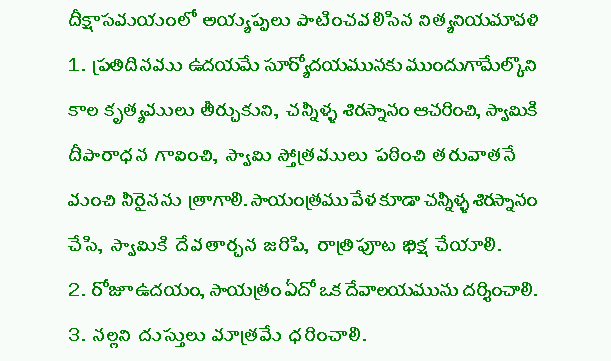
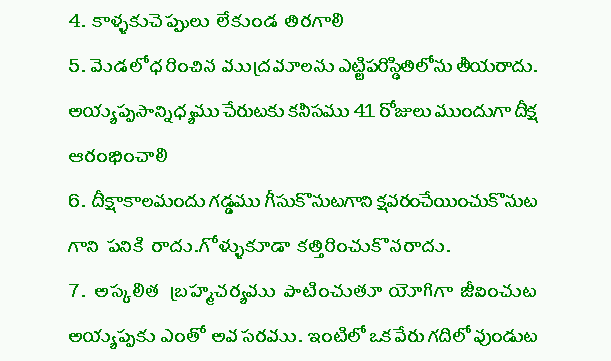
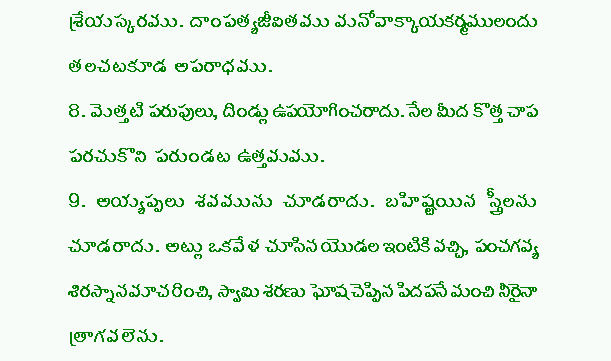
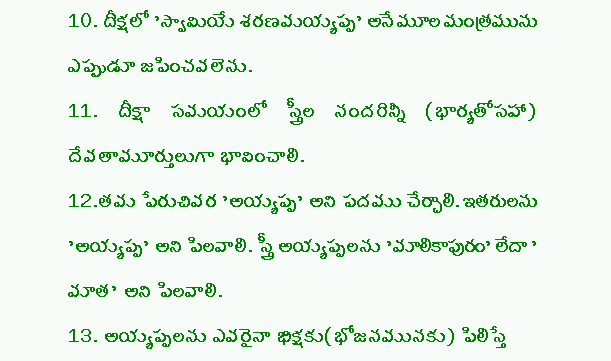
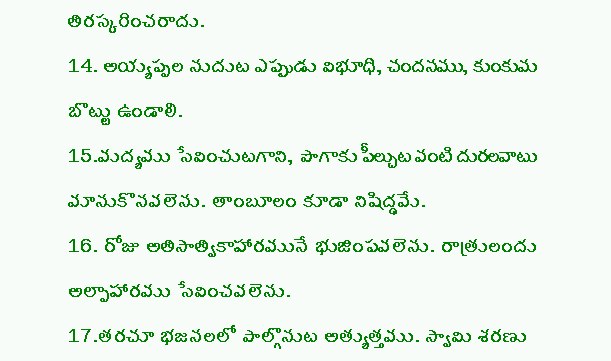
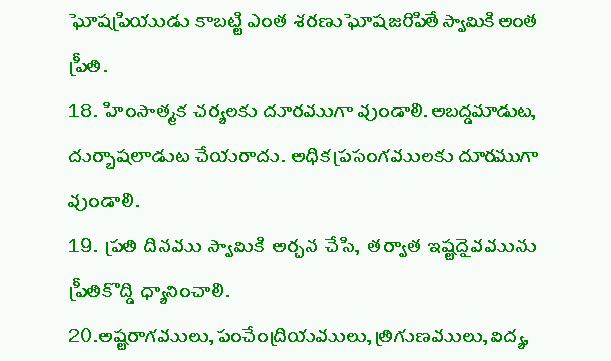
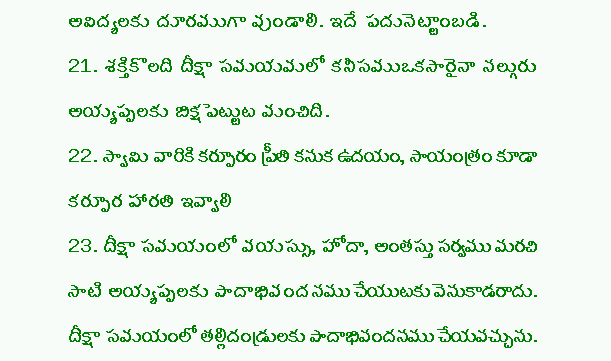
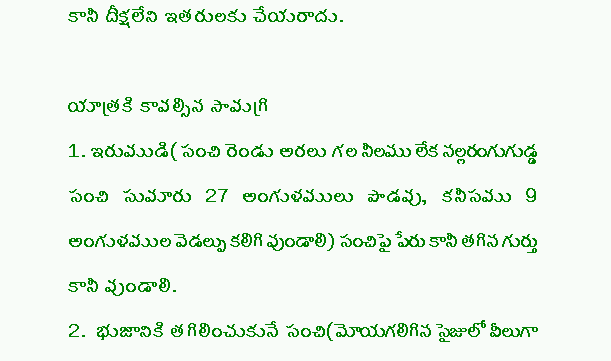
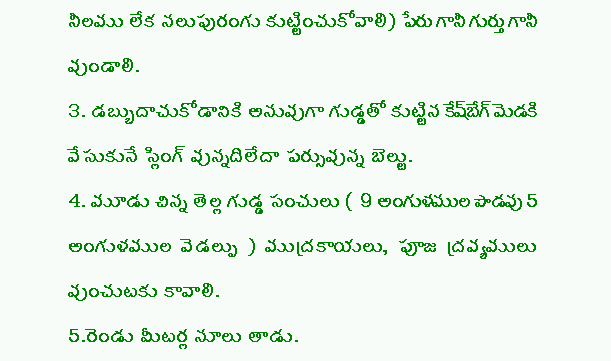
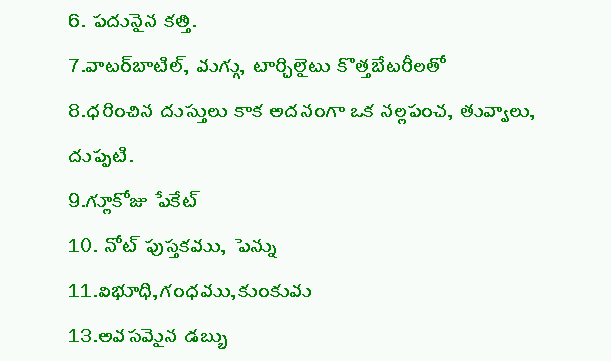
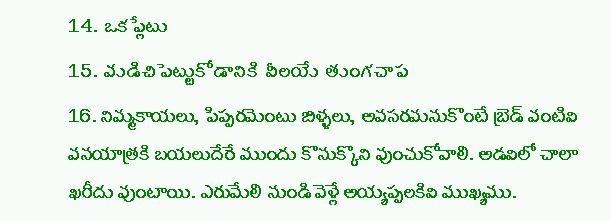






.jpg)











